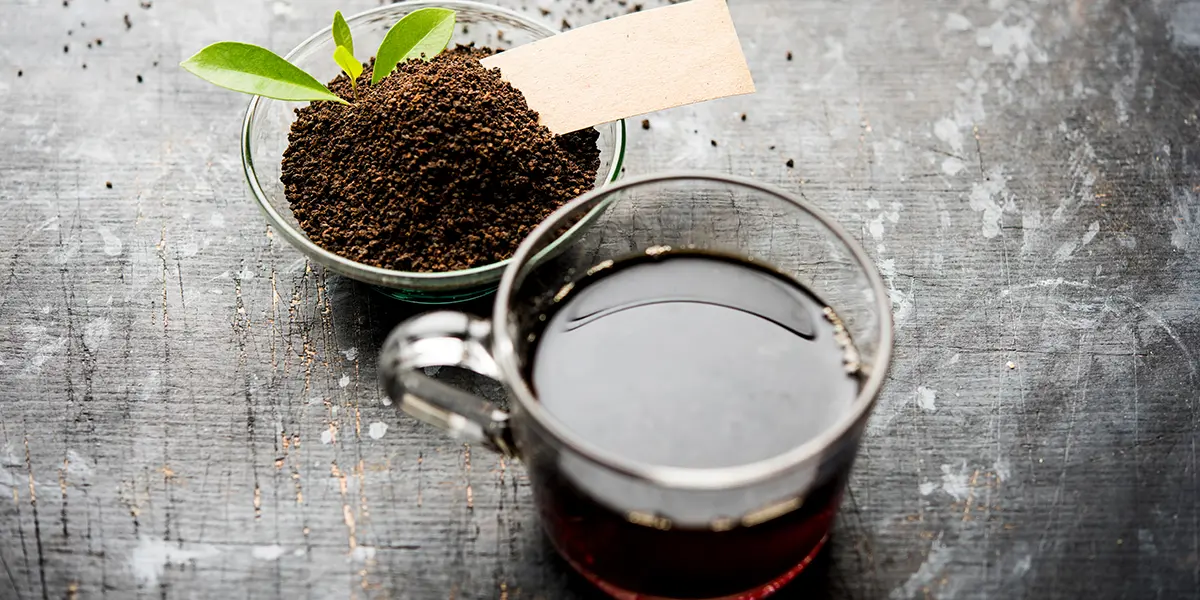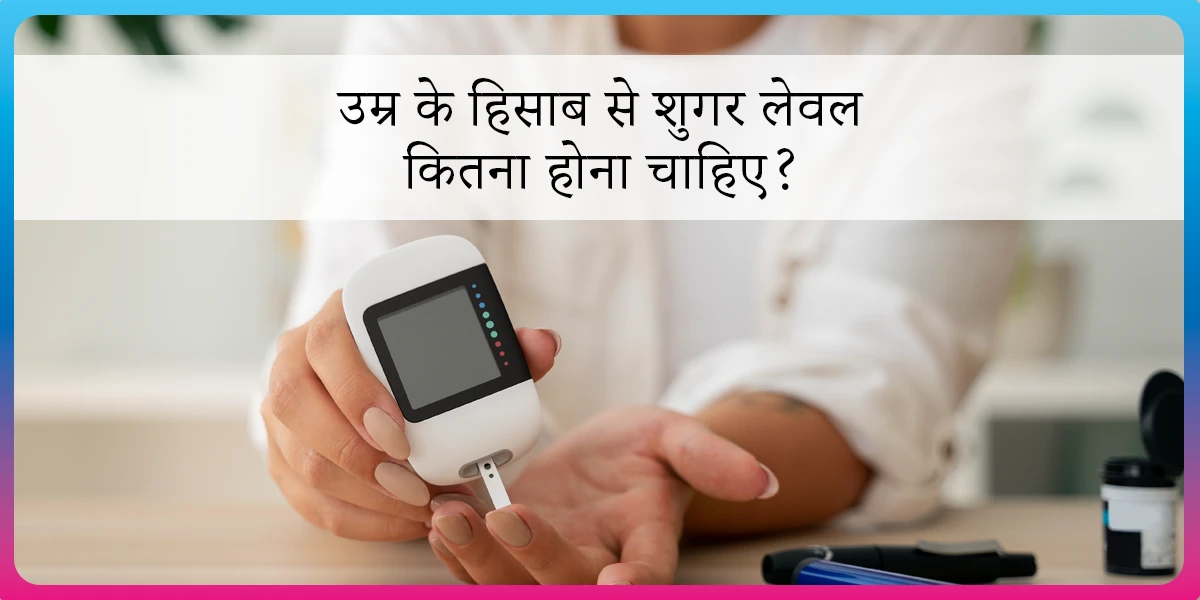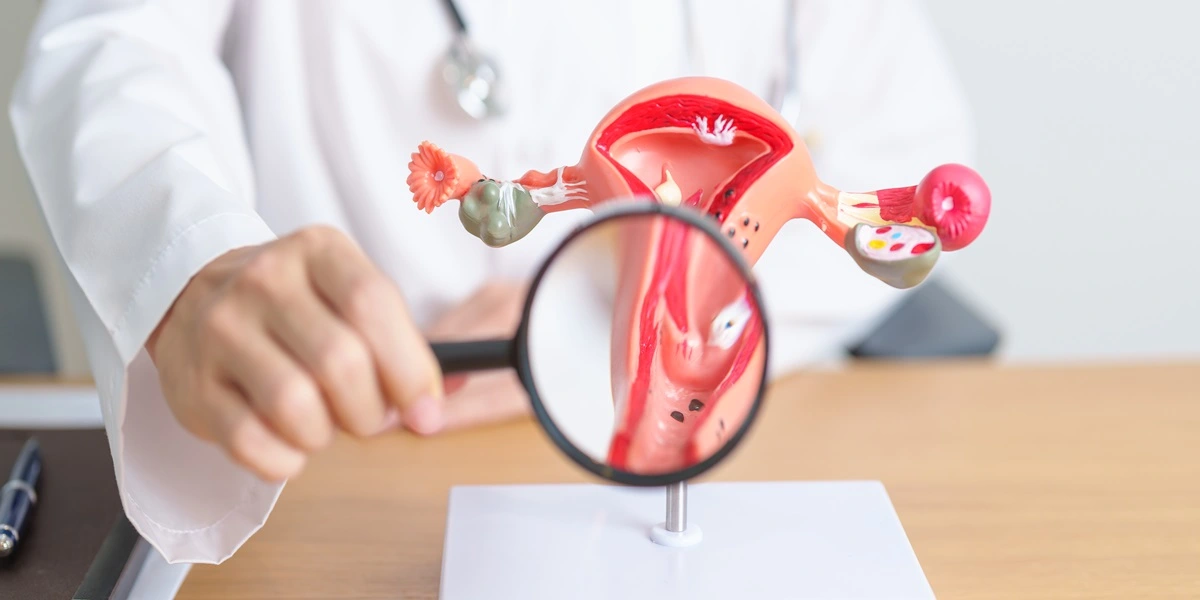Is Green Tea Good for Diabetes? Types, Benefits and Ways to Consume

If you ask anyone in India about our national drink, most will say TEA! ☕ It might not be official, but for us, tea is more than just a drink – it’s an emotion, a part of our daily lives.
And as tea continues to be a favourite across India, green tea is now stealing the spotlight. With 43% of tea lovers choosing it, it’s praised for its health benefits, especially in managing diabetes. But does it really live up to the buzz? Let’s find out!
Let’s Talk About Green Tea
Before we explore the benefits of green tea, let’s take a quick look at tea in general.
Tea generally comes in two main types: green tea and black tea. The difference lies in how they are processed. Green tea is made from unfermented tea leaves, giving it a lighter, more refreshing flavour.On the other hand, black tea is made from fermented leaves, resulting in a stronger, darker flavour.
Both green and black tea offer health benefits, but green tea is particularly popular for its higher levels of antioxidants, which may help support better blood sugar control. While black tea also provides health benefits, green tea is often considered a better choice for those looking to manage diabetes and enhance overall wellness.
| Did you know? Masala chai (53%), green tea (43%), and Assam tea (38%) are the top tea choices in India. |
What is the Nutritional Value of Green Tea?
Green tea is packed with natural compounds, offering strong antioxidant and anti-inflammatory benefits. It also contains small amounts of vitamins, minerals, and caffeine, which can help improve focus and boost energy.
100 ml of green tea contains:
| Nutrient | Nutritional Value (per 100 gm) |
| Energy | 0 kcal |
| Carbohydrate | 0 gm |
| Protein | 0 gm |
| Total Fat | 0 gm |
| Calcium | 0 mg |
| Potassium | 15 mg |
| Total Sugar | 0 gm |
|
value* of a popular Indian green tea brand |
|
When we talk about tea, it’s important to talk about caffeine, too! Here’s a quick comparison of caffeine content in black tea and green tea once brewed.
| Type of Tea | Caffeine (per 100 ml) |
| Black Tea | 21 – 25 mg |
| Green Tea | 12 – 16 mg |
Note on Extraction and Brewing
The caffeine content in brewed tea depends on how much caffeine is extracted from the dry leaves during brewing.
Not all caffeine from the dry tea leaves dissolves into the brew; typically, about 30-50% of the caffeine in dry tea leaves is extracted into the cup.
To know your chances of Diabetes reversal, take the Diabetes Reversal TestDiabetes Reversal
Calculator
How Does Green Tea Help in Managing Diabetes?
When it comes to managing diabetes, green tea offers several benefits beyond its refreshing taste. Packed with antioxidants, green tea has been shown to improve insulin sensitivity and help regulate blood sugar levels. Here’s how it works:
- Supports Blood Sugar Regulation: Green tea contains natural compounds that can help lower blood sugar by reducing how much sugar your body absorbs from food. However, the effects are subtle and can vary from person to person. The catechins content in green tea, though lower than black tea, may also contribute slightly to improved metabolism and blood sugar control.
- Keeps Blood Sugar Levels Steady: Drinking green tea can help prevent sudden spikes in blood sugar after meals. It may slow down the absorption of sugar into the bloodstream, keeping your blood sugar more stable throughout the day.
- Reduces Inflammation: People with diabetes often experience inflammation, which can complicate blood sugar management. Green tea’s strong anti-inflammatory properties can help reduce this inflammation, supporting better overall health.
- Supports Weight Loss: The moderate caffeine content in green tea may boost your metabolism, helping your body burn calories faster. This can assist in weight loss, which is crucial for managing diabetes effectively.
In short, green tea isn’t a cure for diabetes, but it can help you support your overall health. You can combine it with a healthy diet and exercise for the best results.
How Long Does It Take Green Tea to Lower Blood Sugar?
If you’re wondering whether green tea will work like magic to lower blood sugar instantly, the truth is it doesn’t.
For most people, the effects are gradual and depend on consistent consumption. Adding green tea to your routine may show improvements over weeks or months, along with other healthy lifestyle changes.
The key is combining green tea with other healthy habits, like eating well, staying active, and managing stress. For example, if you drink a cup of green tea every morning, alongside a balanced breakfast and a walk after lunch, you’re giving your body the best chance to stay on top of blood sugar levels over time.
How Much Green Tea Should You Consume for Diabetes?
When it comes to green tea and diabetes, moderation is key. Drinking 1 to 2 cups of green tea per-day is a good start for most people. This amount provides a steady supply of the helpful compounds in green tea without overdoing it.
It’s important to remember that everyone’s body responds differently, so some people may feel benefits with just one cup, while others might need a bit more.
If you’re new to drinking green tea, start with one cup a day and gradually increase and check your blood sugar levels after drinking it (after 2 hours) to see how your body responds. And remember, too much caffeine from green tea can cause side effects like headache, jitteriness, stomach discomfort or even a slight increase in blood sugar due to its impact on glucose transport in cells., so it’s good to keep an eye on how much you consume.
REVERSED Diabetes in 3 months


5.7%
Happy members
EMI
Guarantee
4.8/5
Diabetes Prime Program
What’s the Smart Way to Make Your Cup of Green Tea?
At Fitterfly, we’ve found that many of our members enjoy their green tea but sometimes struggle with acidity, especially when the tea bag is left in the cup for too long. A simple solution: dip the tea bag 3-4 times and then discard it.
This helps prevent the bitterness and acidity that can sometimes ruin the flavour. And here’s a quick tip: for weight loss, avoid adding honey to your tea – it can add extra calories that might hinder your progress.
Other Teas to Try to Better Manage Type 2 Diabetes
Before we move on to other types of teas, let’s clarify something important. In India, when we say “tea,” we usually think of our traditional “chai” – a strong drink made with tea leaves, milk, and sugar. But the teas that we’re talking about here, like green tea, black tea, cinnamon tea, etc., are different.
These are herbal infusions, not made with the usual tea leaves. They also don’t have milk, which we traditionally add to chai.
So, while they are called “teas,” they are actually a different category of drinks, i.e., herbal drinks. They are brewed from herbs, spices, or flowers and are naturally caffeine-free (unless made with black or green tea leaves). This makes them a healthier choice, especially if you’re managing diabetes.
So, while your regular chai is comforting, these herbal “teas” can provide health benefits without the extra sugar or milk. Here are a few teas that you can try:
1. Black Tea
Black tea, like green tea, contains compounds that may help improve insulin sensitivity and regulate blood sugar. If you enjoy a caffeine boost, black tea is a good choice, and drinking it regularly can support better blood sugar control over time.
2. Cinnamon Tea
Cinnamon is well known for its ability to help lower blood sugar and improve insulin sensitivity. A cup of cinnamon tea is a delicious way to manage blood sugar levels naturally and adds a natural sweetness without any added sugar.
3. Ginger Tea
Ginger is packed with anti-inflammatory properties, which can be beneficial for those with Type 2 diabetes. It may also help lower blood sugar and improve insulin sensitivity. Enjoying ginger tea regularly can help with both digestion and blood sugar management.
4. Chamomile Tea
Chamomile is a calming herb with benefits beyond relaxation. It may also help regulate blood sugar levels and improve sleep quality, which is important for managing diabetes. Plus, chamomile tea is naturally caffeine-free, making it a great choice before bedtime.
5. Peppermint Tea
Peppermint tea is soothing for the digestive system and can help reduce bloating, a common issue for people with diabetes. While it doesn’t directly impact blood sugar, it can support overall well-being by improving digestion and making it easier to follow a healthy eating plan.
6. Turmeric Tea
Turmeric, with its active compound curcumin, has anti-inflammatory and antioxidant properties that may help manage blood sugar levels. Turmeric tea is a great addition to your diet and can help improve insulin sensitivity while supporting overall health.
7. Hibiscus Tea
Hibiscus is rich in antioxidants and has been shown to help lower blood pressure and blood sugar levels. Drinking hibiscus tea regularly can be a refreshing way to manage both your blood sugar and overall health.
8. Aparajita Tea (Butterfly Pea Flower Tea)
Aparajita tea, made from the blue flowers of the butterfly pea plant, is rich in antioxidants and may help manage blood sugar levels, reduce inflammation, lower stress, and support eye health, making it a beneficial addition to your diabetes management routine.
How We At Fitterfly Can Help You?
At Fitterfly, we take a comprehensive approach to help you manage diabetes effectively. Our team of experts works together to ensure every aspect of your health is addressed.
Our Nutrition Coaches guide you in making the right dietary choices, including incorporating green tea or other teas into your daily routine to support blood sugar control and overall wellness. They help you balance your meals to work synergistically with these healthy beverages.
Meanwhile, our Fitness Coaches ensure that your physical activity complements your dietary habits, enhancing the positive effects of green tea, such as improved metabolism and weight management. To complete the circle, our Success Coaches work with you on managing stress, forming healthy habits, and staying motivated – essential factors in making green tea and other lifestyle changes truly effective.
With Fitterfly, you get a personalized plan that goes beyond just tea or diet – helping you lead a healthier, more balanced life. Ready to take the next step?
Call us at 08068507599 today, and start your journey to better health.
This blog provides general information for educational and informational purposes only and shouldn't be seen as professional advice.
Frequently Asked Questions
Can a person with diabetes drink green tea?
Yes, a person with diabetes can drink green tea. Its antioxidants and catechins may help manage blood sugar levels when consumed in moderation.
Which is better for people with diabetes: coffee or green tea?
Both coffee and green tea have their benefits, but green tea might edge out as the better choice due to its lower caffeine content and high catechin levels, which support blood sugar regulation.
Which drink lowers blood sugar quickly?
No drink works instantly to lower blood sugar, but water is a safe and effective option to help regulate glucose. Herbal teas like cinnamon or fenugreek tea may also offer gentle support.




















